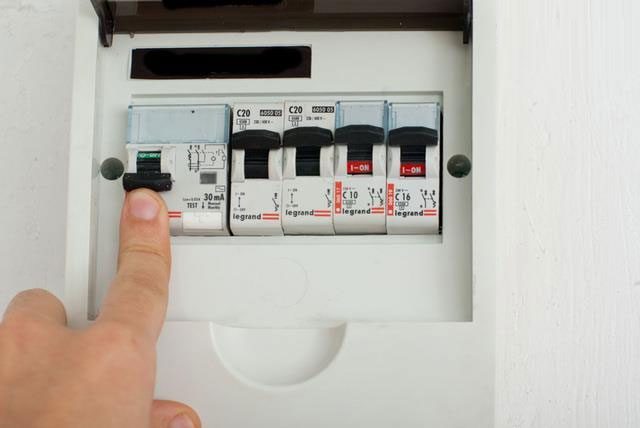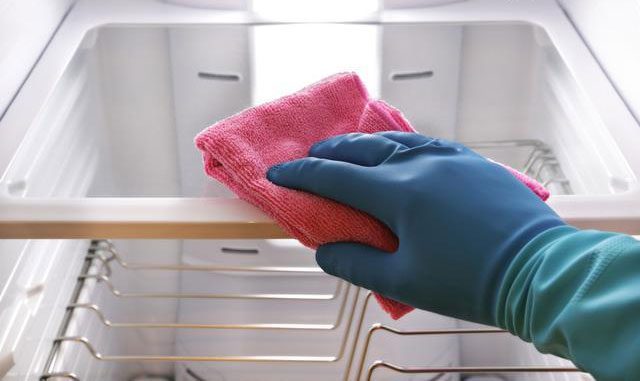Flooding is something no one wants, but if you find yourself in a situation where your home is flooded, you can recover to some extent by following the steps below.
What to Do When Your Home is Flooded
Whenever heavy rain and flooding occur, households that experience flooding often face numerous challenges related to belongings, health, and even the lives of family members. Floodwater contains mud, debris, and even trash, which can severely impact household items. So, what should you do after your home has been flooded?
1. Turn off the electricity and unplug electrical devices

After your home has been flooded, the first thing to do is turn off the circuit breaker and unplug any electrical devices that have been submerged.
This is a crucial step to avoid accidents while cleaning up your home. Make sure to turn off the electricity to prevent any electrical hazards, and unplug any devices that have been exposed to water to avoid short circuits or fires. You can plug them back in after the cleanup, so there’s no need to worry too much.
2. Remove all water from the house
If only your home is flooded and there are other drainage areas you can use to remove the water, gather manpower to use buckets to clear out the large amounts of water. For smaller puddles or light flooding, you can use plastic or bamboo brooms to sweep the water outside.
3. Clean areas with dirt and debris
Floodwater contains a lot of trash, dirt, and mud. If not cleaned promptly, these contaminants can cling to your wooden furniture, leaving behind difficult-to-manage consequences. After the flooding, identify the dirty areas and clean them with clean water. For wooden items, simply wiping them down with warm water can help clean the surface and prevent further water absorption.
If the water has soaked areas where food, dishes, or high-risk items are stored, prioritize cleaning these areas first. Use antibacterial cleaners, preferably those with fewer chemicals; vinegar or baking soda can also be effective for cleaning your kitchen.

Cleaning household items helps eliminate pathogens and prevent these items from being damaged after prolonged exposure to water.
Floodwater contains many disease-causing bacteria, so don’t hesitate to take the time to clean up, as it will help you avoid many health issues later on. Note that items like bowls and cups should be left to air dry naturally, as many towels in the home may have been contaminated after flooding.
4. Dry wet items
Mattresses, blankets, sheets, pillows, or wooden items that have been soaked need to be dried as soon as possible. If it’s sunny, take them outside to absorb all the moisture inside; if it’s not sunny, you can use an air conditioner to effectively remove humidity. However, avoid exposing wooden items directly to sunlight, as they may warp or crack.
To prevent humidity from lingering in your home, open windows and turn on fans to ensure airflow throughout the house, pushing moisture outside.
5. Dispose of food and items soaked in water for too long
If food has been submerged in floodwater, don’t hesitate to throw it away to avoid health risks. Cotton or fabric items that have been soaked for too long and cannot be washed should also be discarded. If you want to save certain rugs, make sure to wash them thoroughly, then dry and wash again to ensure they are completely clean.
If the water is contaminated, don’t hesitate to flush it out because it is likely to be contaminated. Prioritize using boiled water that has cooled initially to avoid potential health issues.
6. Vehicles that have been submerged
If you have a garage where your car or motorcycle has been flooded, it’s best not to start the engine to move it. Instead, push the motorcycle out for inspection or call for assistance to take the car to maintenance centers. Water remaining in the engine can seriously affect the engine just by trying to start it. Bicycles should be dried and cleaned thoroughly, then lubricated to prevent rusting.


















































